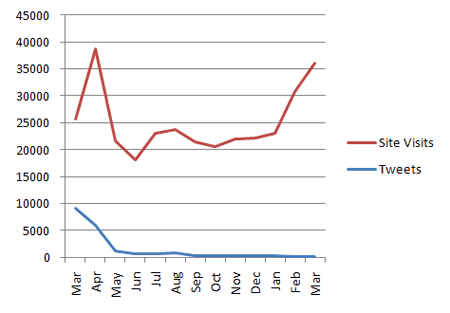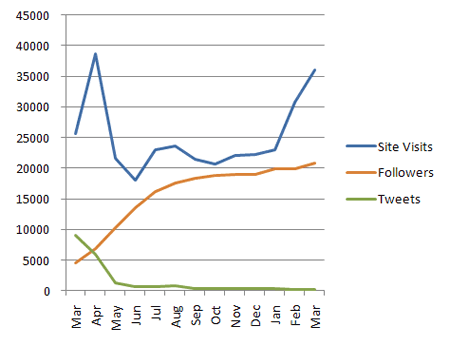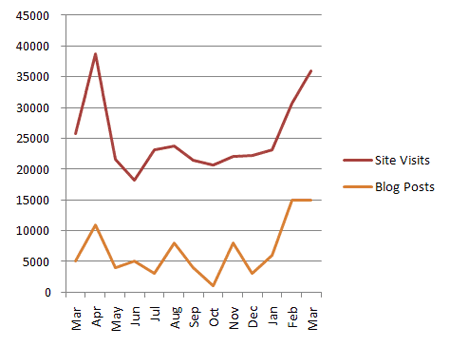
If you are not going to eat that Digg fame, may I have a bite?
I was feeling a bit down about Twitter yesterday after remembering those days when Twitter was the next big Digg.com-like traffic-generating left-coast geek craze. If you were there, you would know it as the days when everybody who Kevin Rose (of Digg.com) had worked so hard to encourage to get their moment of Digg fame had become Twitter-stunned. It was back when anybody who had been kicked off Digg.com professed that tweets were the new diggs, and it was time to adapt to the new rules.
What The Heck is Digg?
For my readers unfamiliar with Digg, I will explain it in simple terms. Digg.com is a massively important … no, wait … monumental piece of Internet marketing history. It is a largely bullshitopotomus platform for zit-faced Star Wars fans to gain importance by stroking each other’s ego. The primary demographic are 17 year olds pretending to be 30, and 45 year olds still wearing Scooby Doo pajamas. Digg users can be largely summed up as semi-adult with $200 per hour talent getting paid $13 per hour to submit “diggable” stuff without looking like a “business digger”. They will carefully digg a squillion things per day while they sit in their mother’s basement passing time until she kicks them out on the street to get a real job and stop playing on that damn computer.
Typical Digg Users Need Jobs
A typical Digg user would be more inclined to plagiarize somebody’s good resume and hack their way into a real job, but there is a catch. They are hard-pressed to find time in between potentially popular photos of Lego sculptures and celebrity gossip to throw their Digg authority upon and earn another $0.43 per click for that advertisement which is cleverly placed between that badass Lego sculpture of The Empire State Building and Jennifer Aniston photoshopped making out with their buddy. When they have time to eat their bologna sandwich and chips (thanks mom), they sit there thinking “Damn those Lego statues and funny photos of the dude crashing his skateboard. I could have been somebody! … and Damn You Jennifer Aniston!
The Big Point About Digg
So the point of this article was actually this: I wrote something yesterday to tease Twitter users. I titled it “How To Become Popular on Twitter Without Actually Being Useful” and it was pretty well-received. Fame? No, not fame really, because I used to see many times as much attention to an article on Twitter … any article on Twitter. Heck, I could tweet about blowing my nose and see 100 retweets back when Digg was supposedly dead.
Damn it … those zit-faced kids went back to Digg, but I still found some people amused by my Twitter humor and snarky insight. What I have done here is to point out yet another typically popular thing to do. If you have something popular come out of your blog, it is often a good idea to follow it up with something of a similar nature that people can relate to. It really is an important practice, because your audience will tell you what they want, and you should be willing to deliver it.
By the way, I should add that those zit-faced fellas on Digg really don’t have a sense of humor. They just act like it for $0.43 per click. Sorry … this is one blog post the Digg fellas probably will not like very much, but you are welcome to Facebook it!
Photo of Kevin Rose courtesy Brian Solis on Flickr.
Podcast: Play in new window | Download





